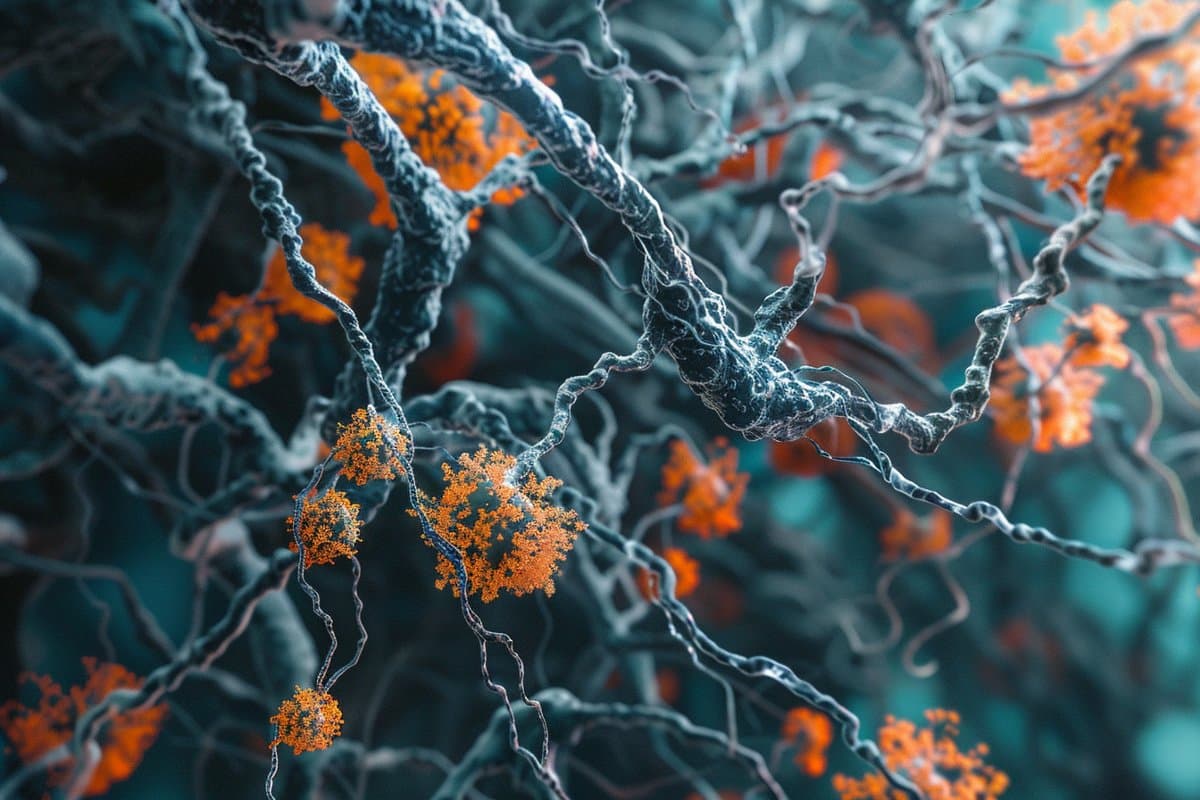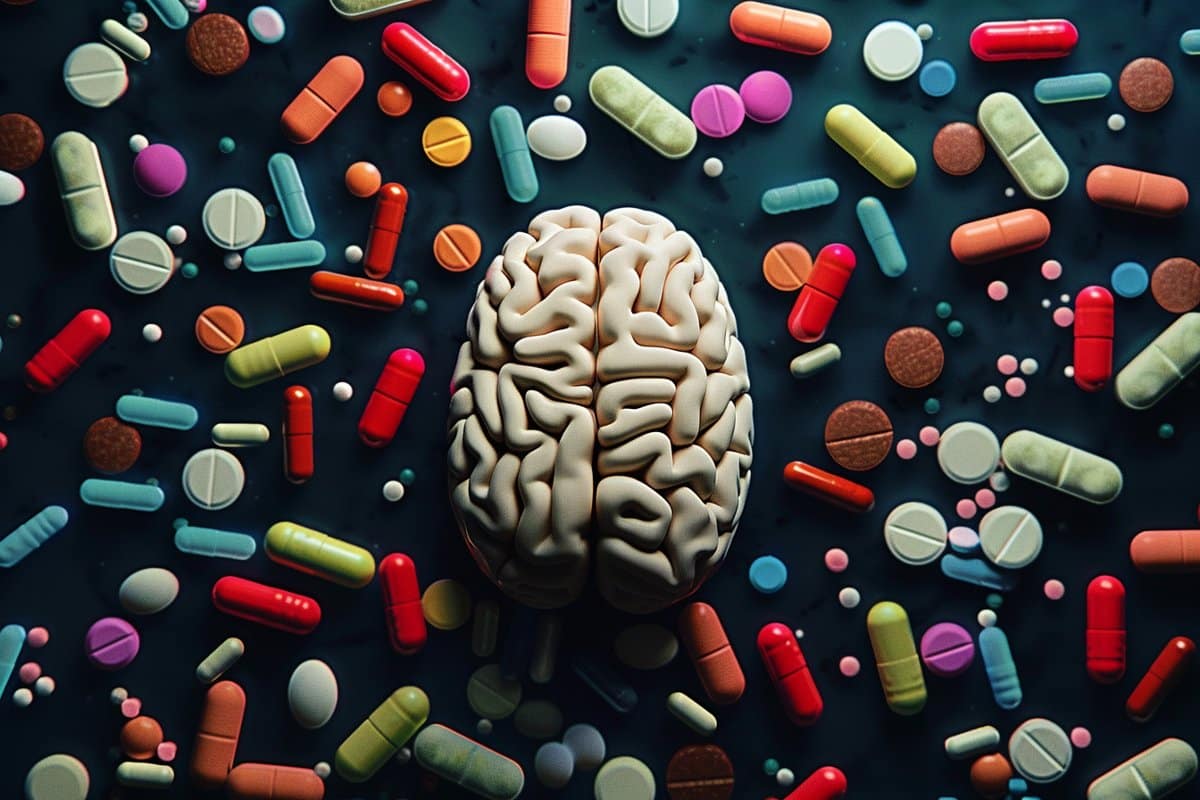Growing evidence shows that dietary interventions can be effective at treating or delaying some diseases, but further trials are needed for wider adoption.
The concept that diet and nutrition can directly affect human health and disease is undergoing a renaissance. A suboptimal, unhealthy diet is known to substantially increase the risk of obesity and non-communicable diseases, such as coronary heart disease and type 2 diabetes, but unhealthy diets can also increase the risk of other health conditions, such as cancer, osteoporosis and cognitive disorders. As Jordi Salas-Salvadó, professor of nutrition and bromatology at the Rovira i Virgili University in Reus, Spain, emphasizes, “Equitable access to healthy foods is one aspect of disease management that I believe is needed.”

According to the Global Burden of Disease Study 2017, around 11 million deaths and 255 million disability-adjusted life years were attributable to dietary risk factors between 1990 and 2017 (ref. 1). Such risk factors include high sodium intake, low intake of whole grains and low intake of fruit and vegetables. A Lancet Commission with the EAT non-profit forum showed that a diet of plant-based proteins, unsaturated fats, whole grains and ample fruit and vegetables promotes well-being and lowers the risk of developing major chronic diseases, as does limiting meat, refined grains and sugar2.

The United States has initiated strategies to guide and inform consumers about food choices, particularly in geographic areas and socioeconomic groups affected by food insecurity. Experts point to food and targeted diets as ways to manage disease and offer patients personal control over their conditions. This concept, known alternatively as ‘food is medicine’ or ‘food as medicine’, uses dietary interventions to prevent, manage and/or treat specific clinical conditions. “There are numerous diseases for which dietary changes should be prescribed as first-line treatment, according to broadly accepted clinical guidelines,” says Dariush Mozaffarian, director of the Food is Medicine Institute at Tufts University in Boston, Massachusetts, USA. “But meaningful dietary intervention very rarely happens in practice.” Despite the promise of ‘food as medicine’, there are many gaps in evidence, with only a few therapy areas showing health improvements through dietary interventions from clinical trials.
Cardiovascular disease and diabetes
Dietary interventions have shown the most direct benefits for cardiovascular disease and diabetes. The DASH (Dietary Approaches to Stop Hypertension) diet incorporates fruits, vegetables, whole grains and low-fat dairy foods and eliminates food with salt and saturated fats, as well as alcohol. Researchers showed in a meta-analysis that the DASH diet significantly reduced blood pressure, relative to results obtained with other dietary interventions, such as the Mediterranean diet, which allows moderate amounts of red wine and salt3. The reduction that the researchers saw was similar to reductions in studies of pharmaceutical monotherapies such as nitrendipine, which suggests that the DASH diet could be an alternative to medication for people with early-stage hypertension. The American Heart Association and American College of Cardiology have now recommended DASH to help adults lower their low-density lipoprotein cholesterol and blood pressure4, and studies are looking at DASH for the prevention and management of other cardiovascular conditions, such as heart failure.
In another study, Salas-Salvadó and colleagues found that a Mediterranean diet (supplemented with extra-virgin olive oil or nuts) reduced major cardiovascular events relative to results obtained with a reduced-fat diet in high-risk adults. The multi-center PREDIMED trial showed that these interventions lowered the cardiovascular event rates of acute myocardial infarction5, stroke and death, while a subsequent analysis showed lower thrombosis-related risk factors, such as elevated platelet counts6. “PREDIMED was a landmark dietary-intervention trial in the context of cardiovascular disease prevention,” argues Salas-Salvadó.
Dietary changes can also benefit people with diabetes. In the DiRECT trial, Naveed Sattar, from the School of Cardiovascular and Metabolic Health in Glasgow, UK, and colleagues tested a restricted-calorie total diet replacement in more than 300 people with type 2 diabetes after removal of all medication7. Significantly more patients on this diet managed to achieve diabetes remission at 12 months than those who received current best-practice care. Sattar also found that remission was sustained at 24 months for more than a third of the participants assigned to the dietary intervention8. “Type 2 diabetes has the most evidence for being modified by dietary interventions, since weight loss can rapidly improve glucose levels,” he says.
The DiRECT study findings have led to the National Health Service in England and Scotland now offering low-calorie diets for patients with type 2 diabetes as a path to achieving remission; the American College of Lifestyle Medicine in the United States has also acknowledged that “diet as a primary intervention for type 2 diabetes can achieve remission in many adults.”9 Sattar points out that lowering weight is a key issue for many chronic diseases that may be caused or exacerbated by excess adiposity. “It’s clear we need more trials of low-calorie and other diets that yield decent weight loss in many disease areas,” says Sattar, who is also chair of the UK government’s £20 million Obesity Mission.
Women’s health
Dietary interventions may be effective for endocrine disorders and other diseases that affect mainly women, such as polycystic ovarian syndrome (PCOS) and endometriosis. Obesity often coexists with PCOS, and a case-controlled study found an association between adherence to a Mediterranean diet and reduced disease severity10. “Diet, along with exercise, is considered first-line treatment for individuals with PCOS”, says Salas-Salvadó, although the optimal diet for such patients is, as yet, not clear.
Healthy eating could also reduce the risk of osteoporosis and fracture in older and menopausal women. A review of studies found that bone health and mineral status benefited from diets rich in fruits, vegetables, whole grains and low-fat dairy products11. By contrast, bone health was worse in people who follow ‘Western’ dietary patterns, such as consuming soft drinks, fried foods, sugar and processed meat. Dietary modifications may also benefit women with endometriosis, with a systematic review suggesting positive effects (although some of the studies included in the review displayed inherent risk biases)12.
Cognition and dementia
Growing evidence suggests that patients with neurological disorders, from migraine to Alzheimer’s disease, may benefit from dietary changes, but researchers caution that more evidence is needed. Stress, sleep and diet have each been linked to the occurrence of migraine attacks. However, “diet changes are not considered first-line treatment,” says Elizabeth K. Seng from the Albert Einstein College of Medicine in New York, New York, USA. Instead, dietary changes “are more likely to be helpful to reduce how often people get migraine attacks,” by preventing migraines, she says. Seng describes ongoing studies that are evaluating components of diet, such as specific fats, that could benefit people with migraine, as well as potential triggers. “Some patients may be more sensitive to certain dietary triggers, like caffeine and alcohol,” she says. “Certainly, diet could be a component of a comprehensive behavioral-management strategy, but the evidence for specific diets at this point remains preliminary,” she adds.
Another disease area with weak evidence, but many ongoing studies, is dementia, a growing health concern as the global population looks set to live longer. Hypertension, type 2 diabetes and obesity are themselves risk factors for the development of dementia, so modifying these risk factors through a healthy diet such as MIND (a hybrid Mediterranean–DASH diet) could delay or even prevent the development of dementia.
Personalized meal interventions might be effective in patients at risk of dementia, a concept that is already being assessed in cognitive health trials, as well as for dyslipidemia13. “APOE ε4 carries the strongest genetic risk for late-onset Alzheimer’s disease in some populations and is associated with the cellular metabolism of lipids and glucose,” explains Hussein N. Yassine, from the Keck School of Medicine of USC, Los Angeles, California, USA, and member of the Nutrition for Dementia Prevention Working Group. “People with the APOE ε4 allele might require an increased omega-3 intake at a younger age to delay the development of dementia,” he adds. Mozaffarian, an advocate for medically tailored meals, cites examples of pilots being run via Medicaid in the United States. Such personalized dietary interventions could result in both health benefits and economic benefits, with a retrospective US study suggesting that over 2 years, participants who received medically tailored meals had fewer hospital admissions than non-recipients had14.
However, experts are not yet convinced that diet is an appropriate treatment for dementia. “Currently, diet is not prescribed as a first-line treatment for patients with Alzheimer’s in most academic medical centers,” says Yassine. However, he argues that although “there is not enough evidence to support the role of diet in treatment, high-quality epidemiology studies support a role for diet in prevention.” As for general cognitive health, the role of diet is unclear. A review of studies investigating the effect of whole foods, as recommended by the EAT–Lancet Commission on Food, Planet, Health, found that the current evidence base for support of cognitive function by the reference diet was weak, despite the fact that nutritional metabolism regulates brain bioenergetics at a cellular level and indirectly affects neurodegenerative diseases through the gut–brain axis15.
Yassine notes that clinical trials are not well suited for diseases such as dementia that take years or even decades to manifest. “Diet’s effects on cognition could be indirect and might take decades to affect dementia incidence,” he says. More studies are needed to understand “how dietary patterns interact with dementia risk factors to increase cognitive decline,” he adds. These dietary patterns could then be targeted in clinical trials.
Difficult trials
Experts agree that large-scale randomized trials of dietary interventions are challenging to conduct. Trials in low-income and middle-income countries are especially difficult, mostly due to the associated costs, and often focus on under-nutrition, but “recognition is needed by funders of the massive burdens from non-communicable diseases, rather than just under-nutrition,” says Mozaffarian.
Salas-Salvadó notes that dietary interventions can be difficult to standardize, with each researcher optimizing their own ‘correct dose’ or ratio of macronutrients. Participant compliance is another issue, says Seng. “Part of the [difficulty] is the behavior-change element of dietary clinical trials — it is really hard!” she says. “Most people will struggle with implementing a new diet, even in the context of a clinical trial.” Trials in which metabolic parameters are controlled can be used to address compliance issues, but these are expensive and burdensome for the participants, and they do not reflect real-world circumstances.
Another challenge is the lack of under-represented groups in trials of dietary interventions. In the DiRECT trial of type 2 diabetes, most participants were white, despite the fact that the risk of type 2 diabetes is higher in other ethnic groups, such as people of South Asian ancestry. Sattar and co-researchers had to conduct a further randomized trial (STANDby) in a small cohort of South Asian people to show that weight loss and type 2 diabetes remission could be achieved with total diet replacement in this population16. “Poor proximity to academic centers, potential language barriers, work schedules and limited transportation access are all barriers to the inclusion of under-represented groups in clinical trials,” says Yassine. He highlights the importance of community outreach, the need to establish trust and offers of financial compensation or transportation in encouraging greater diversity in clinical trials.
Despite the challenges of dietary-intervention trials, experts agree that their importance is paramount, particularly in a digital age in which misinformation is rife. Dangerous misconceptions about diet and health can arise in the absence of solid evidence. Communication is key, argues Salas-Salvadó, with both “education and public health approaches” needed, he says.
Cheap and unhealthy
Cultural differences, availability of food and financial constraints also pose challenges for implementation, as unhealthy processed food is often more affordable than healthier alternatives. The American Heart Association has advised that nutrition is important for cardiovascular health, but noted how in the United States, for example, “subsidies have facilitated agricultural production geared toward producing cheap cereals and oils used by industry to meet consumer demand for highly processed products.” Many of these products contain high levels of sodium, refined grains, sugars and unhealthy fats.
Sattar argues that governments should restrict access to cheap calories. Only governments can “change the food environment so that people can, without much conscious effort, choose healthier foods,” he says. Such policy changes have been implemented in Singapore, which taxes sugary beverages and alcohol but also subsidizes healthier foods, such as whole-grain products. The question is not whether healthy dietary interventions should be subsidized, but how to afford research into and access to such interventions. “Societies need to take a close look at the health-promotion and treatment options we have chosen to subsidize,” says Seng. “We have the capacity to make decisions about the type of society in which we want to live, and how we want that society to optimize the health of its citizens.”
With food and nutrition insecurity widespread worldwide, and with millions lacking access to healthy and affordable foods, experts agree that equitable access to healthy foods is needed for disease management, improved health and lower healthcare costs. As Mozzafarian puts it, if we want a healthy population, equitable access to healthy foods to improve health and lower healthcare costs for all is “the only approach that will be broadly effective.”





